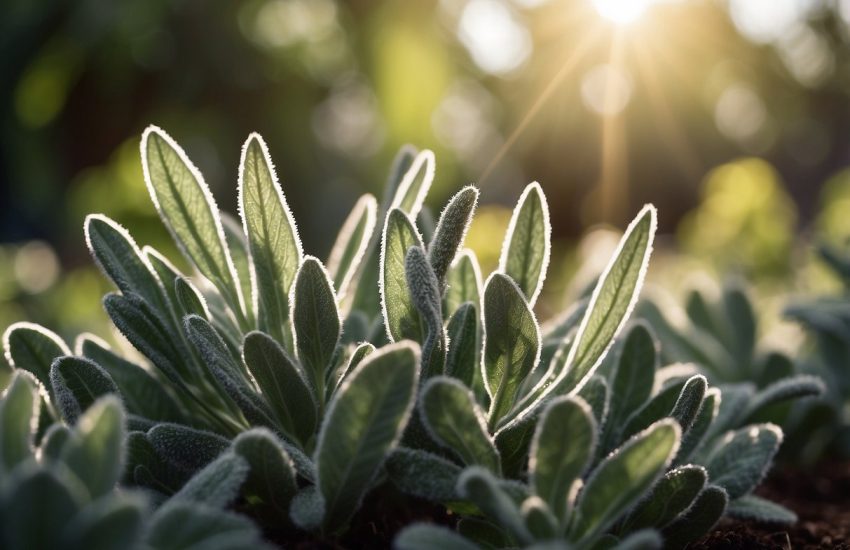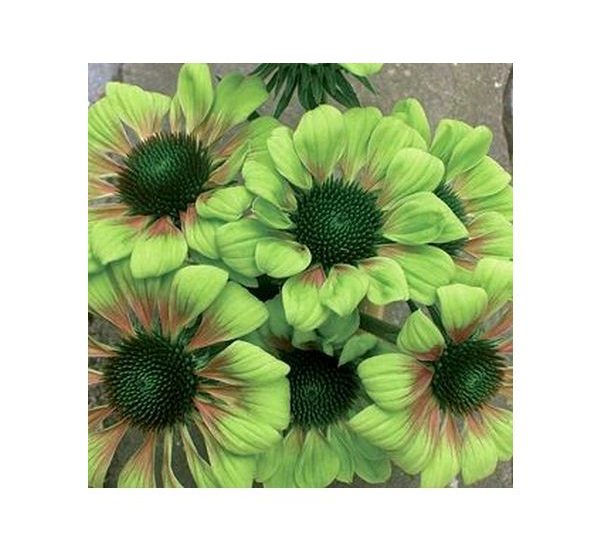Hellebore (Helleborus Orientalis) : How to Grow & Care
Are you looking to see beautiful purple-pink blossoms in late winter to early spring? Remain evergreen year-round? And also, easy to grow and care for? Hellebore (Helleborus Orientalis) is a good choice for you. It’s from the Ranunculaceae family but has various names like Lenten rose, Christmas Rose, etc. This variety mostly causes only different flower colors, don’t worry.
It is also known as Lenten Rose, which is a beautiful and hardy evergreen perennial that blooms in late winter to early spring. Originating from the Middle East, it belongs to the Ranunculaceae family and has various flower colors, including purple-pink and white like a rose. Its core characteristics also include a mature height and size of 1-2 feet (30-60 centimeters), well-drained alkaline/neutral soil preference, and full to partial shade in summer, full in winter light requirements.
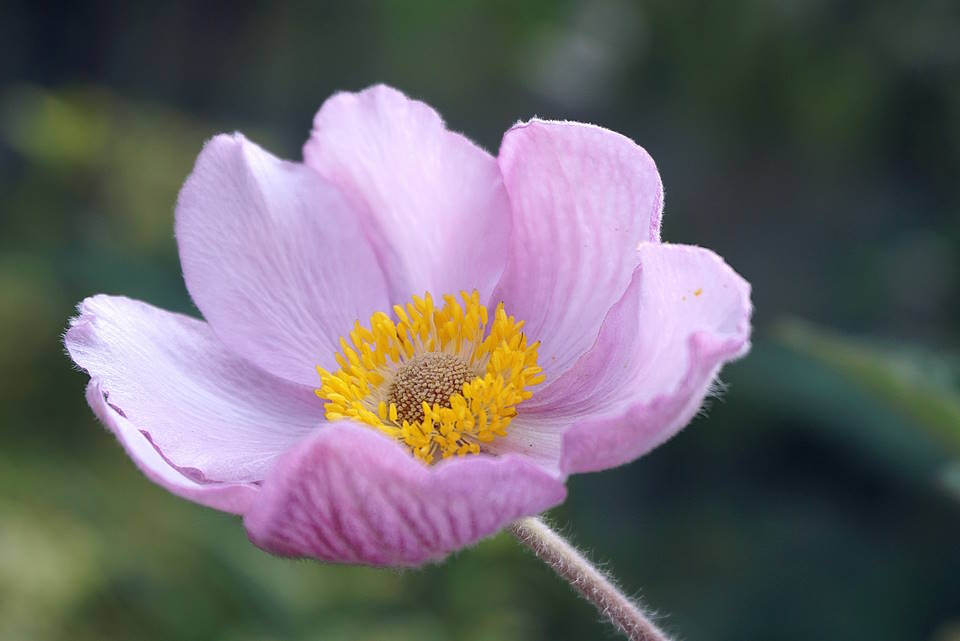
How to Plant?
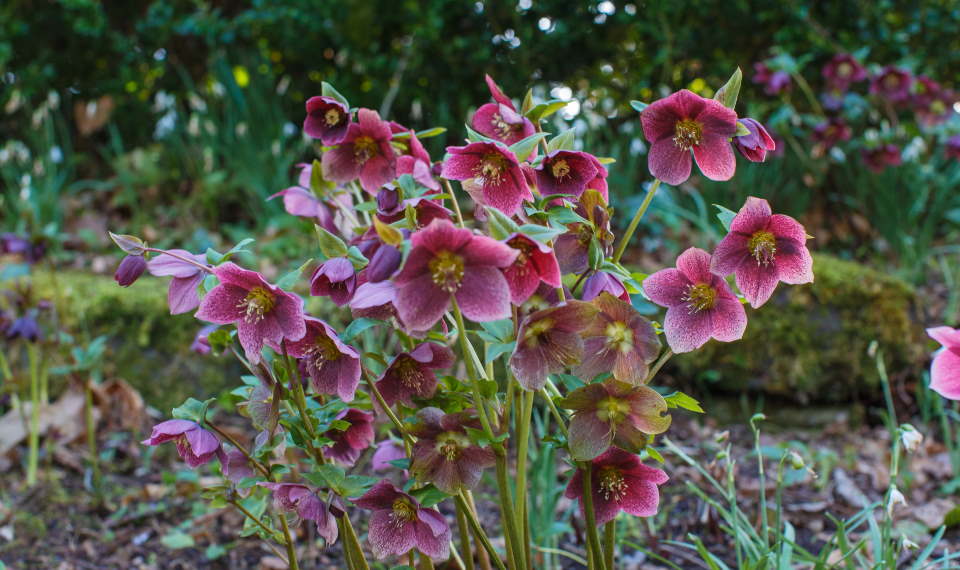
Planting hellebore is a straightforward process that requires careful selection of a plant location with proper sunlight and moisture. The best time to plant hellebore is between March and August, and the root crowns of the plant should be planted in a deep hole about 15 inches (38 centimeters) apart to give them enough room to grow. It is essential to water the plants right after planting and ensure that the soil is well-drained and rich in organic nutrients.
Warning for Panting
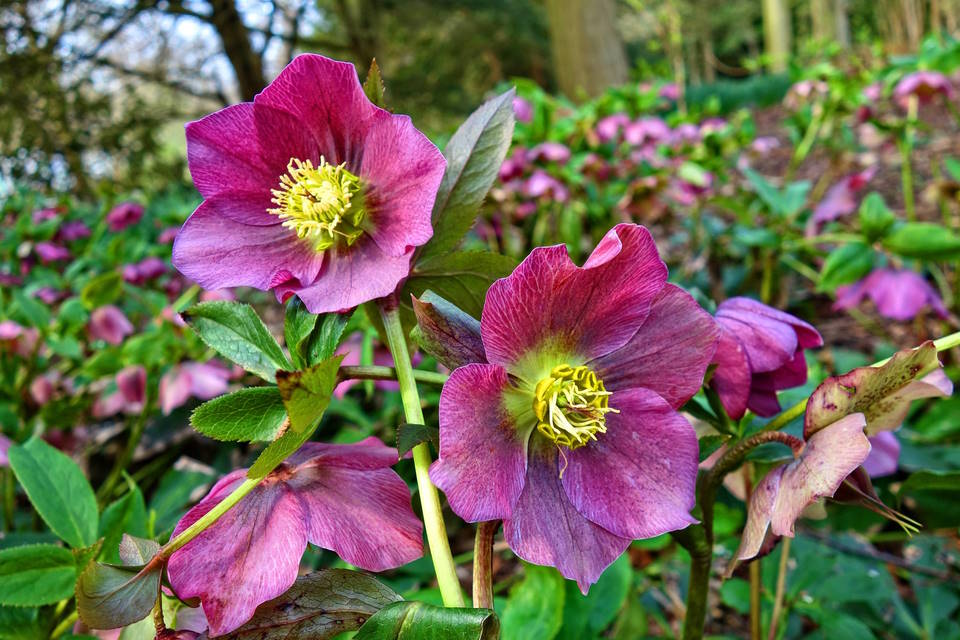
It’s important to note that Helleborus Orientalis is toxic to humans and animals like cats, dogs, etc. It can cause minor skin irritation, so it’s essential to wear gloves when caring for it. Additionally, when planting it, make sure to choose a location away from pet-accessible areas. It’s best to avoid planting it in areas where pets or children may accidentally ingest any part of the plant. By taking these precautions, you can enjoy the beauty of Helleborus Orientalis without any harm or worry.
Watering
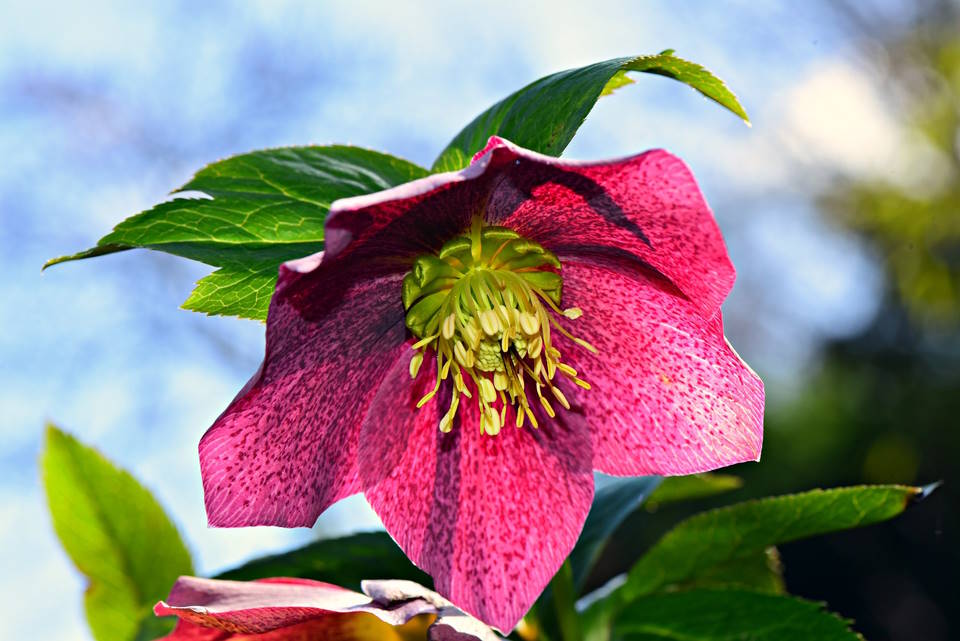
Proper watering is crucial for the health and growth of Helleborus Orientalis. Once the plant is established, it does not require excessive watering, but it thrives in a moist environment. Hellebore can tolerate drier soil after it has matured, but it’s essential to avoid waterlogging, which can cause root rot and other health issues. It’s crucial to plant hellebore in well-drained soil to prevent waterlogging. By maintaining the right moisture level, you can ensure that your Helleborus Orientalis thrives and blooms beautifully in late winter to early spring, adding a touch of natural beauty to your garden.
Soil
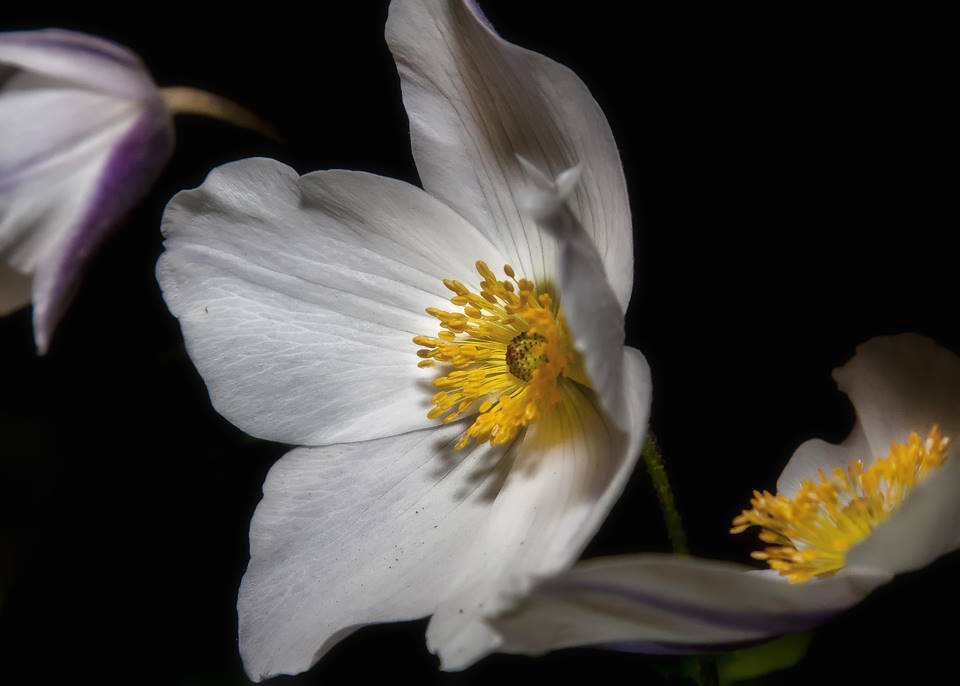
The quality of soil is one of the most critical factors for the health and growth of Helleborus Orientalis. This plant prefers well-drained soil that is rich in organic nutrients. Alkaline/neutral soil is also ideal for optimal growth. The soil must be well-drained to prevent waterlogging and allow the roots to breathe. Hellebore roots are susceptible to rot, and it’s crucial to plant them in the right soil.
Temperature and Humidity
The hardiness zone may differ when the hellebore is evergreen. If you’re living in a cold climate, take precautions against winter winds. When it comes to humidity, it can tolerate a wide range of humidity levels.
Light
Light is another essential factor for the growth and blooming of Helleborus Orientalis. This plant prefers partial to full shade during the summer months to prevent the leaves from drying out. However, during winter, they need more sunlight to promote growth and blooming. Planting them under a tree can help stabilize sunlight hours and provide the necessary light for optimal growth. However, it’s essential to ensure that they receive enough sunlight during winter to promote blooming.
Fertilizer

Fertilizing Helleborus Orientalis can help promote healthy and quick growth, and adding organic fertilizer while planting is an excellent way to provide the necessary nutrients. The fertilizer helps the plant grow faster and stronger, and organic fertilizers are the best option as they don’t contain harmful chemicals. However, if the soil is already rich in organic nutrients, additional fertilization may not be necessary. Over-fertilization can be harmful and cause damage to the plant’s root system.
Pruning
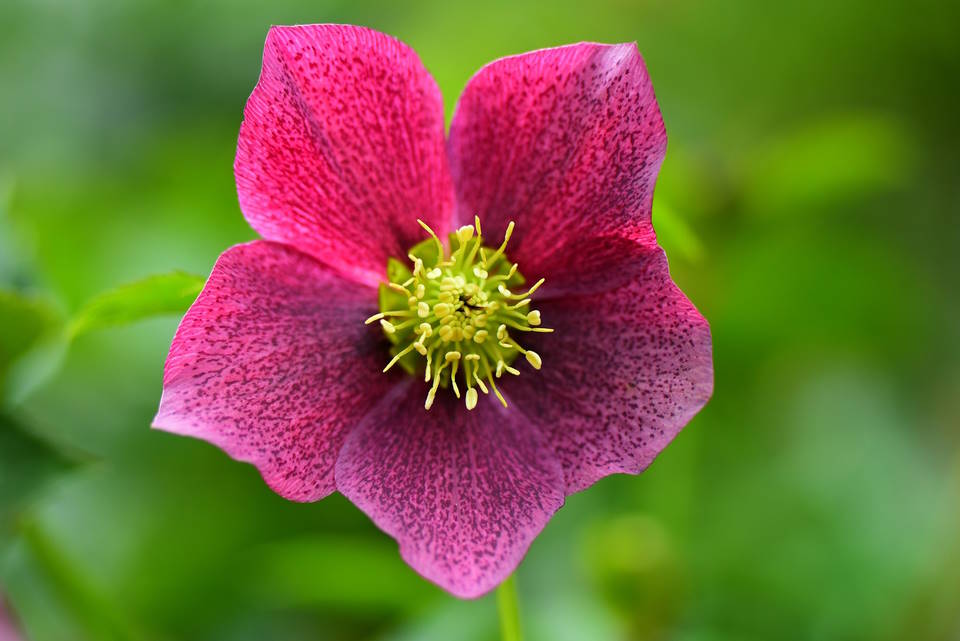
Pruning hellebore is also necessary, even though it is an evergreen plant. Late winter and early spring are suitable times for pruning when new growth occurs. The old flower stems should be removed when they start to wither.
Common Pests and Plant Diseases
Healthy hellebore is relatively pest and disease-resistant, but black death is a disease that can cause serious damage to the plant. This necrosis virus is spread by aphids, and the only solution to prevent spreading is to remove the plant entirely. Other common pests and diseases include leaf spots, mildew, and aphids.
Conclusion

Helleborus Orientalis is an excellent addition to any garden, with its beautiful and hardy evergreen perennial nature and rose-like blossoms that bloom in both winter and spring. This plant is easy to grow and care for and can add a touch of natural beauty to your winter garden. When selecting a location, ensure that it provides adequate sunlight, away from strong winds, and inaccessible to pets or animals. By following these guidelines and planting in well-drained soil, you can enjoy the natural beauty of Helleborus Orientalis in your garden with minimal maintenance, making it a perfect choice for both novice and experienced gardeners alike.
You may also be interested in:

